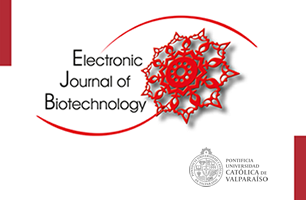Abstract
Background: Endophytic fungi are associated within plant tissues without any harmful effects. They produce a diversity of metabolites and are well known as rich source of bioactive substances. This study aimed to identify fungal isolates from different medicinal plants, evaluate their antioxidant potency and detect components responsible for antioxidant activity.
Results: In the present investigation, 4 endophytic fungal isolates were obtained from different medicinal plants Rumex nervosus, Pulicaria crispa and Withania somnifera. Those isolates were characterized as Penicilluim commune, Penicilluim glaucoroseum, Aspergillus flavipes and Fusarium chlamydosporum according to morphological and phylogenetic bases. These strains were propagated on humified rice and their crude ethyl acetate extracts were assayed for their total phenols, flavonoids and antioxidant potency against DPPH free radicals. The results showed that the elevated constituent of phenolics was found in P. commune (148.24 mg/g), followed by F. chlamydosporum (124.25 mg/g), while the highest total flavonoids were determined in A. flavipes, followed by F. chlamydosporum, P. glaucoroseum, P. commune, respectively. Moreover, the maximum hydroxyl radical-scavenging assay was IC50 = 2.13 mg/mL exhibited by P. commune, followed by F. chlamydosporum (2.68 mg/mL). Weak antimicrobial and cytotoxic effects were reported by the studied strains against pathogenic isolates and (HepG2) hepatocellular carcinoma cell line. The fungal EtOAc extracts were characterized quantitatively by the incidence of different phenols, flavonoids, and phenolic acids, as detected by HPLC.
Conclusions: Endophytic fungi derived from medicinal plants are a promising candidate for the wide industrial production of antioxidant agents with several useful medical and pharmaceutical applications.
Upon acceptance of an article by the journal, authors will be asked to transfer the copyright to Electronic Journal of Biotechnology, which is committed to maintain the electronic access to the journal and to administer a policy of fair control and ensure the widest possible dissemination of the information. The author can use the article for academic purposes, stating clearly the following: "Published in Electronic Journal of Biotechnology at DOI:10.2225/volXX-issueX-fulltext-XX".
The Copyright Transfer Agreement must be submitted as a signed scanned copy to biotec@ucv.cl. All authors must send a copy of this document.
